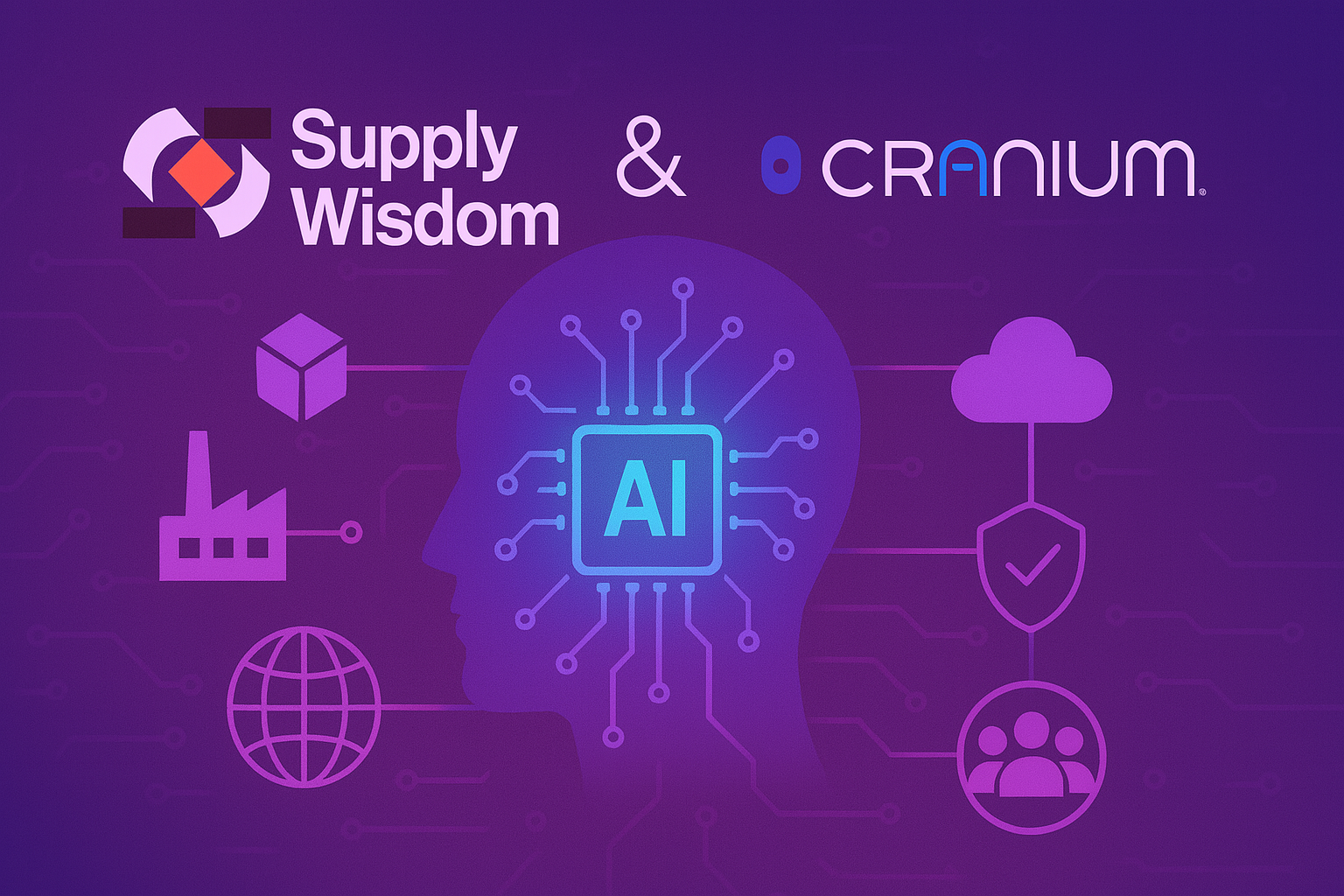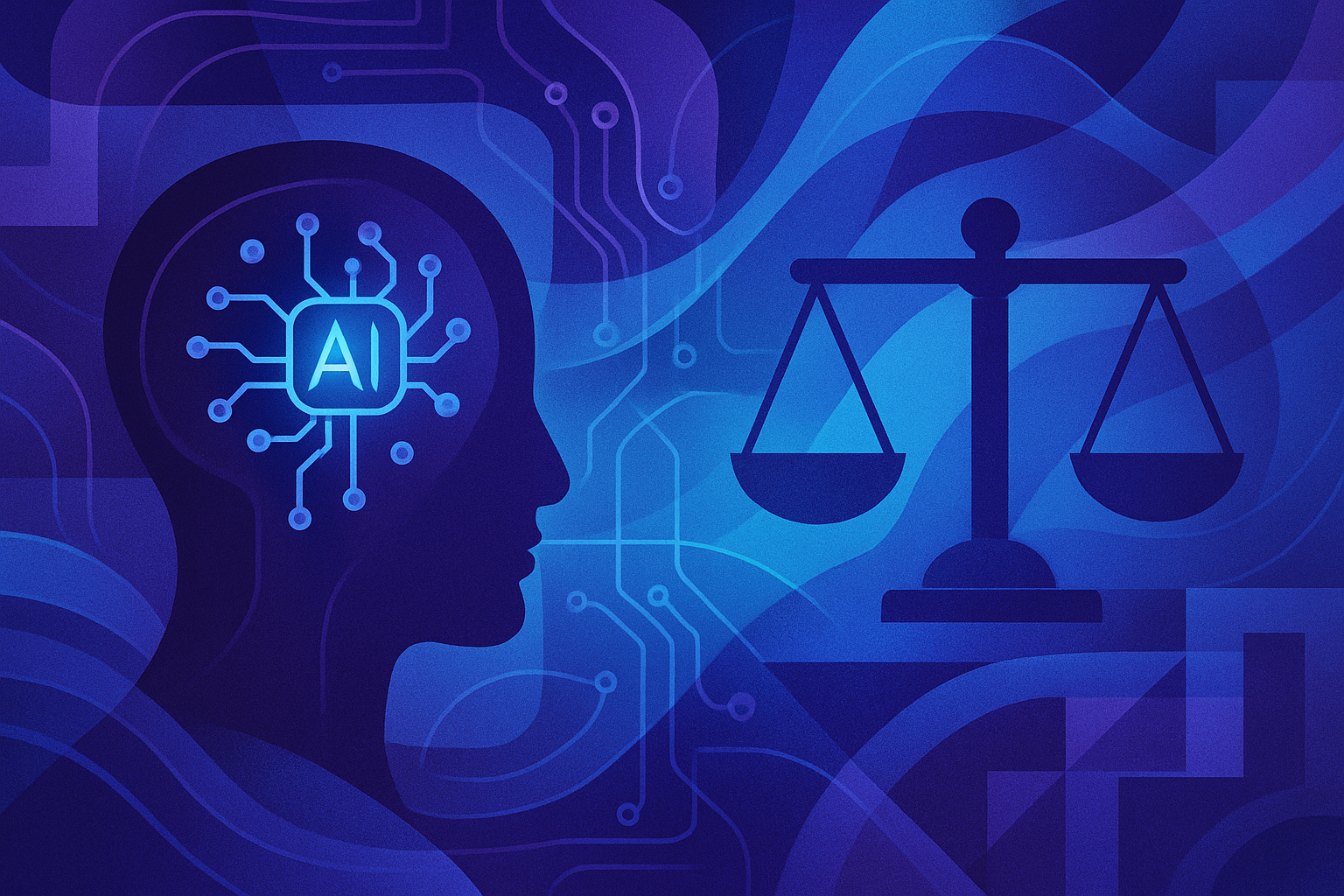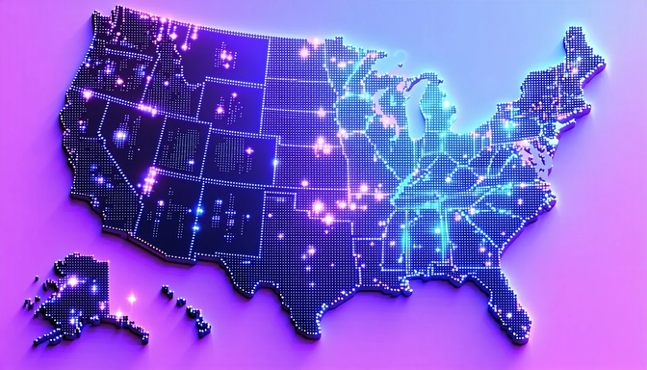The technology world is buzzing once again. In a move that promises to redefine productivity, OpenAI has officially announced its next major leap: a new class of AI Agents designed for autonomous task execution. This evolution moves AI from a helpful assistant to a proactive partner. Yet, amid the excitement, a clear and cautionary note has been sounded by the person at the very center of it all, OpenAI CEO Sam Altman. His recent statements highlight a critical duality: immense potential paired with significant risk, making robust AI Governance not just a best practice, but an absolute necessity.
The Agent Revolution: Beyond the Prompt
First, let’s grasp the magnitude of this release. Unlike previous models that respond to prompts, these new AI Agents are designed to take a goal and execute a multi-step plan to achieve it. Imagine instructing an AI to “plan and book a complete business trip to Tokyo for next month’s conference, sticking to the corporate travel policy and budget.” The agent could then research flights, compare hotels, book reservations, add them to your calendar, and even generate an expense report draft—all autonomously.
This is the future of work that has long been promised, a future where human ingenuity is amplified by intelligent automation. But as capabilities grow, so do the stakes.
Why Your Organization Needs Safeguards Now
In a post on his X account that has captured the industry’s attention, Sam Altman laid out both the promise and the peril of this new era:
“Agent represents a new level of capability for AI systems and can accomplish some remarkable, complex tasks for you using its own computer.”
“Although the utility is significant, so are the potential risks. We have built a lot of safeguards and warnings into it, and broader mitigations than we’ve ever developed before from robust training to system safeguards to user controls, but we can’t anticipate everything.”
Altman’s call for “safeguards” is not just a suggestion; it’s a prerequisite for responsible adoption. For organizations, this translates into 4 concrete actions:
- Strict Scope and “Leash” Control: Every AI agent must have a clearly defined purpose and operational boundary. This is the digital equivalent of a “leash.” Can it access the internet? Can it spend money? Can it communicate externally? These permissions must be strictly controlled and limited to the minimum necessary for its task.
- Human-in-the-Loop Approval: For high-stakes actions, pure autonomy is too risky. Critical steps—like final financial transactions or sending official communications—must require a final approval click from a human operator. This “human-in-the-loop” model provides a crucial backstop against error or misuse.
- Audit and Logging: If an agent takes a thousand actions to complete a goal, you need a record of every single one. Comprehensive, immutable logs are non-negotiable for forensic analysis, debugging, and ensuring accountability when things go wrong.
- “Red Team” Security Testing: Before deploying an agent with access to sensitive systems, your security team must actively try to break it. This adversarial testing involves thinking like an attacker to discover how the agent could be tricked, manipulated, or exploited. This requires a hands-on environment where organizations can simulate real-world cyber threats—both automated and human-led—against their AI models before attackers can strike.
The Imperative of AI Governance
Altman’s plea to “adopt these tools carefully and slowly as we better quantify and mitigate the potential risks” directly highlights the indispensable role of AI Governance. It is the framework that turns ad-hoc safeguards into a reliable, enterprise-wide strategy. A strong AI Governance program provides the structure to:
- Establish Policy: Formally define what AI agents can and cannot be used for within the organization.
- Manage Risk: Create a system for identifying, assessing, and mitigating the unique risks posed by autonomous agents.
- Ensure Compliance: Keep pace with evolving legal and regulatory landscapes surrounding AI.
- Build Trust: Demonstrate to customers, partners, and employees that you are using this powerful technology ethically and responsibly.
Conclusion: Build the Future, Carefully
The launch of OpenAI’s AI Agent is a landmark moment. It offers a glimpse into a future of unprecedented productivity and amplified human potential. But as its own creator insists, it must be approached with caution, deliberation, and a profound sense of responsibility.
The “move fast” era is giving way to the “build carefully” era. For organizations, this means the time to invest in robust safeguards and comprehensive AI Governance is now. By heeding the warnings and embracing the responsibility, we can navigate the risks and unlock the incredible promise of this transformative technology.
At Cranium, we’re not just watching these developments—we’re building the governance and security platform to keep up with them. Our mission is to help enterprises operationalize AI governance across every AI system in their ecosystem, allowing them to adopt, innovate, and accelerate AI safely.
Our AI Governance platform ensures that as your systems grow smarter, your guardrails grow stronger.
Because in a world where AI can do almost anything, governance is what decides whether it should.
Is your AI ecosystem ready for this new era?
Start your AI governance journey with Cranium → https://cranium.ai/platform





